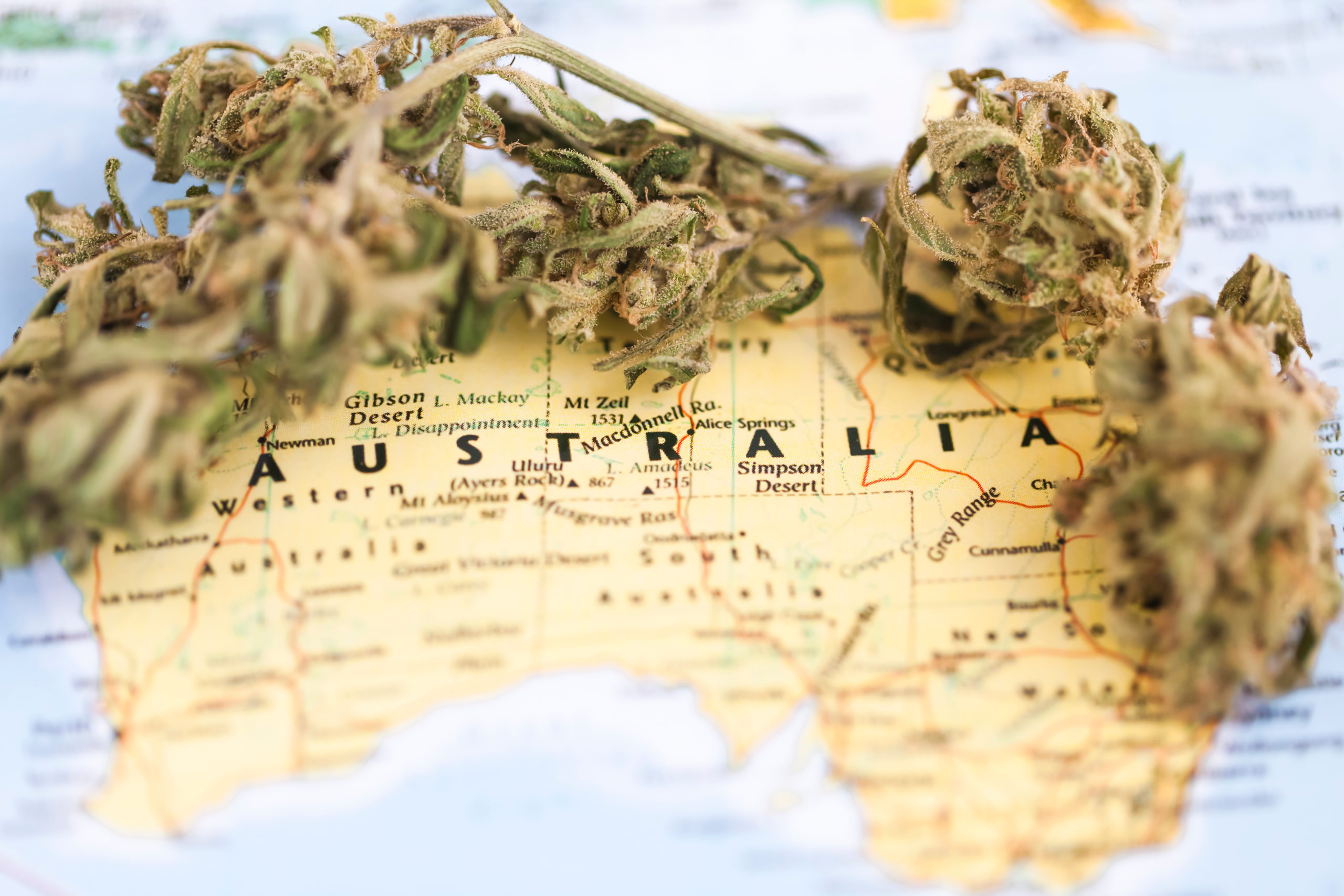Connect with us
Published
3 years agoon

Wastewater samples taken during 2020 show that methamphetamine use plunged in Australia during the first COVID-19 lockdown. However, cannabis consumption spiked.
According to a new study led by the University of South Australia, Western Australia recorded the largest drop in ice loads, falling more than 50 percent between April and June 2020, attributed to border closure restricting imports of the popular drug.
Cannabis is largely produced locally, so national supplies were still plentiful, and wastewater samples reflected this, with all states except the Northern Territory showing large increases in cannabis use.
Researchers from UniSA, The University of Queensland, and University of Adelaide collaborated on the study, published in Environmental Science and Technology Letters.
Wastewater samples are taken every two months from 20 treatment plants across Australia, covering approximately half the population, and tested for methamphetamine (ice), MDMA (ecstasy), cocaine, cannabis and alcohol. Samples collected before the COVID-19 pandemic (August 2016 – December 2019) were compared with those taken between February and June 2020 when Australia went into a national lockdown.
According to the Ecstasy and Related Drugs Reporting System, approximately half of Australia’s cocaine users stopped using the party drug, or drastically cut down during the lockdown when global supply lines were disrupted. This was reflected in the wastewater loads, but once restrictions were eased, cocaine use returned to pre-pandemic levels.
A similar pattern was seen with ecstasy use.
Samples from 2020 showed that South Australians drank significantly less during lockdown, consuming 12 percent less alcohol than normal, with NSW and Northern Territory also taking a more sober approach. The results also showed that alcohol consumption, albeit lower in total, was evenly spread over the whole week during the three-month lockdown, with the closure of bars, hotels, nightclubs, and social gatherings curtailing the normal weekend spike.
Once restrictions began to ease, alcohol use spiked, particularly in the Northern Territory, which came out of lockdown earlier than the other states.
While ice use fell drastically in Western Australia and other parts of the country, falls in South Australia and Victoria were more moderate and delayed. This suggested that both capital cities in these states had residual supplies of the drug.
“Job cuts and loss of income could have contributed to the lower usage nationally, but it is more likely to be connected to disrupted supply lines,” UniSA Associate Professor Cobus Gerber, one of the study’s leads, says. “This study provides an insight into the first four months of COVID restrictions in Australia and it remains to be seen what the longer-term effect of the pandemic will be.”
Dr. Richard Bade from University of Queensland’s Alliance for Environmental Health Sciences says the study is one of only a handful worldwide to analyze community drug use through wastewater analysis in a COVID-19 lockdown.
“A study of eight cities in Europe, analyzing drug use over just one week in 2020 showed that the more popular drugs such as cocaine, amphetamine, and MDMA generally decreased during the lockdown period,” he says. “However, an Austrian study, analyzing samples from just one city showed that methamphetamine use actually increased, unlike what we found in Australia.”
Wastewater samples have also shown that New Zealanders are consuming the highest amount of designer ‘party’ drugs, despite deaths and hospitalizations linked to many new psychoactive substances.
Samples were taken from eight countries over the New Year period, and an international wastewater study led by the University of South Australia shows just how prevalent “party pills” and “bath salts” are in different parts of the world.


German Authorities to Ban Cannabis Smoking, Vaping at Festivals Including Oktoberfest


Illinois Governor Cites Cannabis Reform While Campaigning for Biden


States With Legal Weed See Increase in College Applications


‘Star Wars’ Blue Milk Released from Multiple Brands Ahead of May the 4th


Stoners Still Gathered at Hippie Hill for 4/20 Celebration Despite Event Cancellation


Ohio Company Signs Deal To Grow Hemp for Bioplastic
